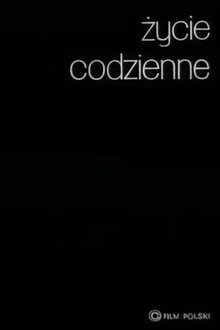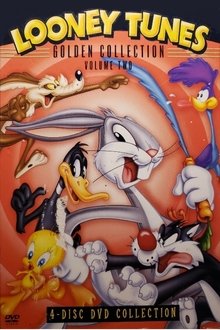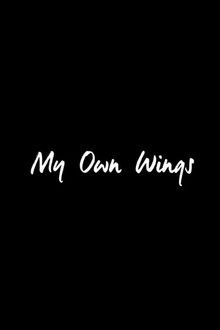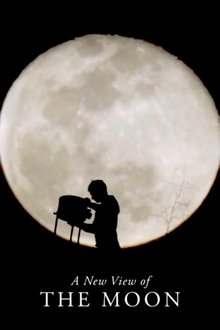This short cautionary training film examines dangers associated with earthmoving equipment operation, showing many simulated accidents on construction sites.
Related Movies

Éloge du chiac (1969)
Taking the form of a conversation between a young teacher at a French school in Moncton and her students, the film shows how hard it is for francophones to preserve their language in a society where English is everywhere and has been for centuries.
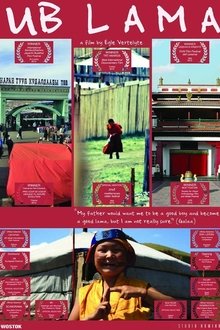
A Lama from Ulaanbaatar (2011)
A twelve year old boy, living in a "yurt" but in love with hip hop and computer games is caught between modernity and tradition, aspirations and poverty and decides to become a Buddhist monk.
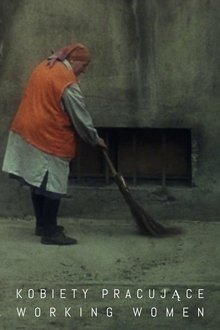
Working Women (1978)
Stylized with dramatic interiors and a distorted frame rate, this early documentary miniature from Szulkin depicts six sequences of solitary, repetitious labor.
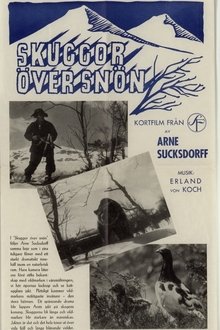
Shadows on the Snow (1946)
A nature documentary about the predators in the Swedish winter mountains: the owl, the bear and man.

The Devil's Torturer (2004)
Herbert Fux talks about his role in the 1970 film "Hexen bis aufs Blut gequält" also known as "Mark of the Devil"
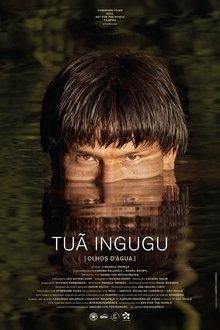
Tuã Ingugu (Water Eyes) (2019)
In the Kalapalo cosmogony (an ethnic group that lives in the Xingú Indigenous Park), water is as old as humans and is the source of life. That is where all their sustenance comes from, their food, their drink, their joy. The idea of using water as a dumpster, of poisoning water is a dystopia. In this documentary Chief Faremá —from Caramujo village on the banks of the Kuluene River— tells us about the birth of water and warns us about the consequences of disrespecting it.
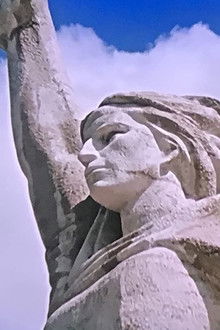
Eternity (1973)
Can heartbeats be “reactionary”? Yes, if they are the only sonic element on a montage-heavy documentary about the war dead. Made just before Enver Hoxha’s cultural purges in 1974, Dhimitër Anagnosti’s formalist, wonderfully edited affair will finally premiere in a restored version after its completion forty-two years ago.

Romances (2008)
The film, based on the artistic-documentary aesthetics, is about the fate of three sons of the Javanshir dynasty, who are connected to Karabakh and this corner of Azerbaijan - Mahammad bey Ashiq, who lived in the 18th century, Abdussamad bey Ashiq, who lived in the 19th century, and Khosrov bey Javanshir, who lived in the 20th century. These three personalities, influential poets and public figures of their time, were subjected to persecution and repression during the Russian and Soviet empires.
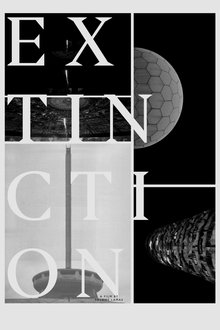
Extinction (2018)
The end of the Cold War did not bring about a definitive thaw in the former republics of the Soviet Union, so that today there are several frozen conflicts, unresolved for decades, in that vast territory. As in Transnistria, an unrecognized state, seceded from Moldova since 1990. Kolja is a silent witness of how borders and bureaucracy shape the lives of citizens, finally forced to lose their identity.
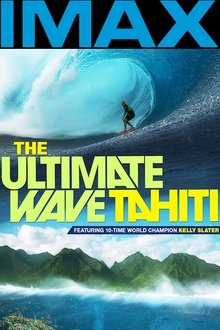
The Ultimate Wave Tahiti 3D (2010)
Featuring ten-time world surfing champion Kelly Slater, The Ultimate Wave follows a quest to find the perfect wave-riding experience. Filmed in Tahiti and among the islands of French Polynesia, the film showcases dramatic giant screen surfing action in a unique Pacific paradise.

A Resident of the City (2011)
An Egyptian film about Cairo, the big city, from the perspective of a stray dog. Directed by Adham El Sherif.
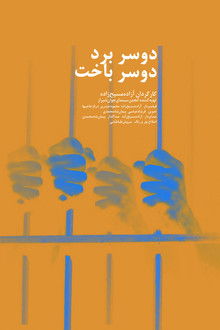
All Winners, All Losers (2018)
Shokri is in prison because of a debt, he wasn't able to repay. One day during his day pass out of the prison he found a black purse full of money and he tried to find the owner, in order to return the money back. Shot in 2015.
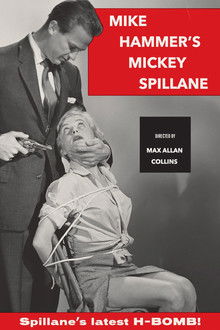
Mike Hammer's Mickey Spillane (1998)
Documentary about the life and work of mystery writer Mickey Spillane.
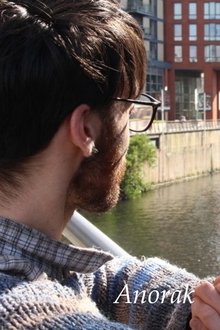
Anorak (2018)
Follow our documentary reporting team as they take a look at the lives of these characters. These are people who are willing to go to great lengths all for the passion and commitment of their interests, however unusual they may be. Definition - Anorak: 'A person obsessive in a subject or hobby becoming largely their livelihood'
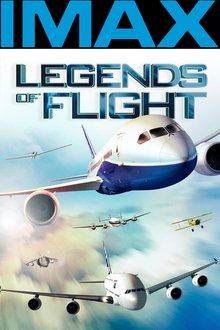
Legends of Flight (2010)
A film that will not only delight and entertain the aviation enthusiast but also educate and inspired renewed interest in aviation by the traveling public.
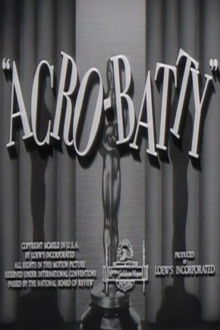
Acro-Batty (1942)
A humorous look at various circus and other acrobatic feats. One of the "Pete Smith Specialties" produced and narrated by "A Smith named Pete."
